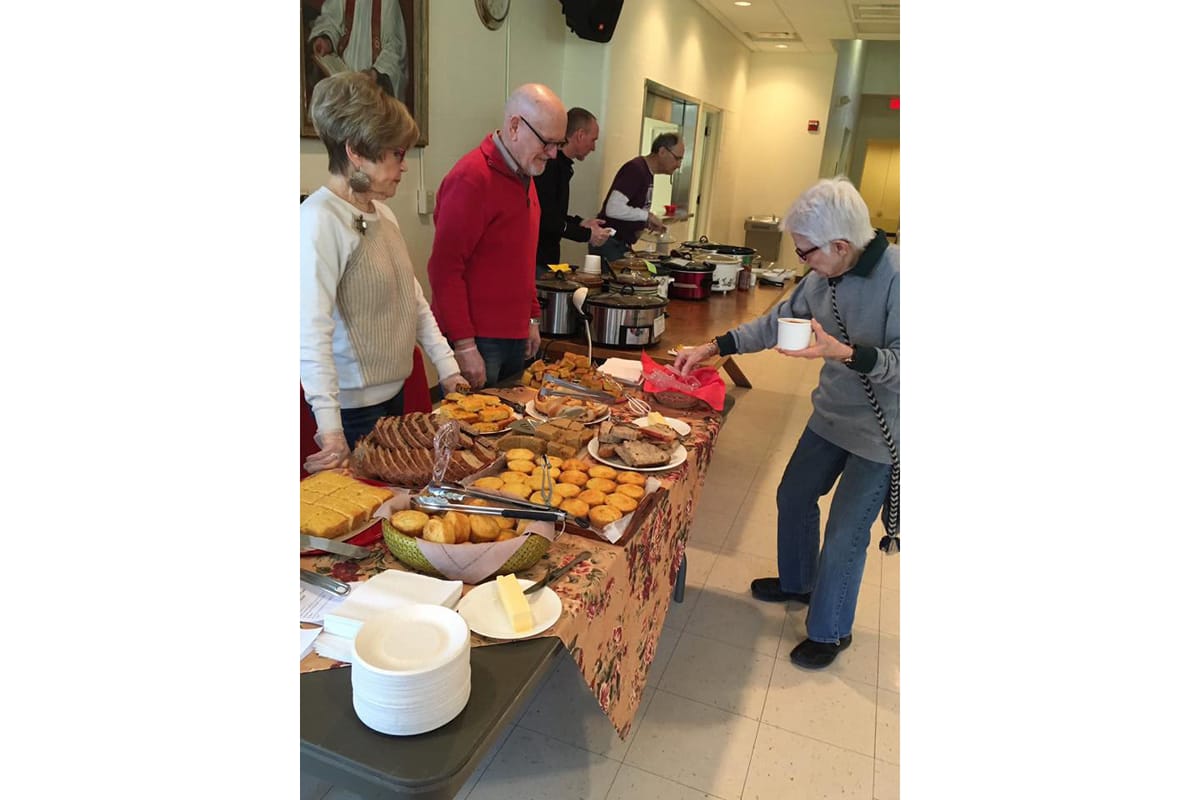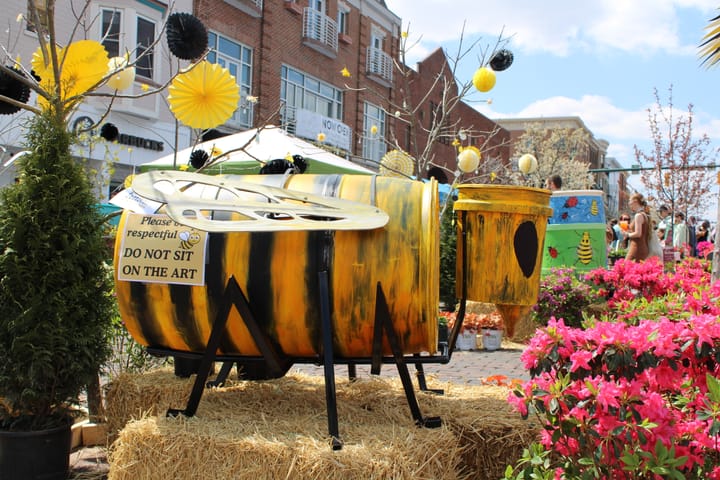Two upcoming community meals center on chili
The Kiwanis Club of Oxford and MOON Co-op are both set to hold annual chili meals this February.

Chili is one of America’s most popular foods, though its origin is obscure and disputed.
My favorite story of the dish’s origins tie into the story of Sister Mary of Agreda (1602-1665), who helped establish missions in New Spain, now Texas. While Sister Mary never left her convent in Spain, the story goes that her spirit was transported by angels across the Atlantic, and she appeared as an apparition to preach Christianity in New Spain. Her spirit is said to have brought back a recipe of chili peppers, venison, onions and tomatoes.
So-called Chili Queens sold chili, known as “bowls o’ red,” in San Antonio’s market beginning in the 1880s. They prepared the chili at home and carried it in large containers to Military Plaza, where they sold individual portions — at least until the 1930s when the health department put them out of business. Chili was designated the official State Dish of Texas in 1977.
In Oxford, chili will be served at two community fundraising events in February. MOON Co-op’s annual Chili Lunch is set for 11:30 a.m. to 2 p.m. Saturday, Feb. 8, at Holy Trinity Episcopal Church. The annual Kiwanis Chili Dinner is 5-7 p.m. Thursday, Feb. 27, at Talawanda High School. February 27 is also National Chili Day.
Hundreds of chili recipes exist, but they all revolve around three basic choices. First is whether to include meat and if so what kind. Shredded or diced beef is fed to nineteenth-century Texas cattle herders, though contemporary chili is more likely to contain beef that is ground, which is much easier than cooking a large cut of meat long enough to shred it. With Americans being told that we eat too much beef, ground chicken and turkey recipes are becoming more common, not to mention vegetarian versions.
The second choice is whether to include beans. My nephew, who has found himself transplanted to Texas, writes that a well-known expression there is “if you know beans about chili, you know that chili has no beans.” My sister found that the sentence was coined by a Dallas newspaper reporter Wick Fowler and picked up as the title and refrain in a 1976 song by Ken Finlay, a San Marcos Music Hall owner. Kidney beans may be anathema in Texas, but they have been cultivated in Peru for 8,000 years, and were the type of chili consumed by the Aztecs thousands of years before Texas was a state, so I consider beans appropriate.
I know nothing of the nuances of hot peppers. Texas cattle herders peppered their chili to mask the otherwise unpalatable taste of the beef, which was either not-aged or nearly rancid. The Fort Worth Star-Telegram recommends chili powder rather than fresh or dried chiles. The reason: fresh chiles can vary the flavor and potency of the chili unpredictably, whereas chili powder allows you to control the level of heat.
Chili powder was invented in Fort Worth, Texas, in 1890 by DeWitt Clinton Pendery, who was born and raised in Cincinnati – so we have a local connection to chili powder! Other members of the Pendery family stayed in Cincinnati, where they have played a prominent role in the city’s restaurant scene, including the National Exemplar in Mariemont. If you use chili or cayenne powder, don’t bother with the ten-year-old spice jars on your shelf. Splurge on 25 cents’ worth of organic powder from MOON Co-op’s bulk spice jars.
At MOON’s chili lunch on Saturday, I’ll be in the kitchen sorting out the many pots of chili contributed by MOON member-owners according to whether or not they contain meat, beans, and strong spices. I hope to see you at the MOON Chili Lunch on Feb. 8 and Kiwanis Chili Dinner Feb. 27.
James Rubenstein is president of the Board of Directors for the Oxford Free Press and professor emeritus of geography at Miami University.




